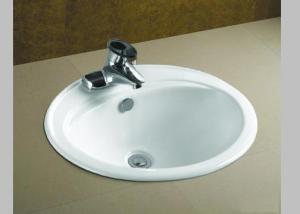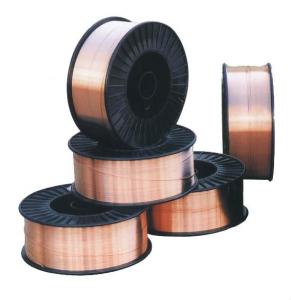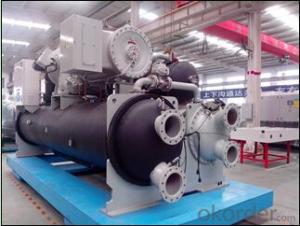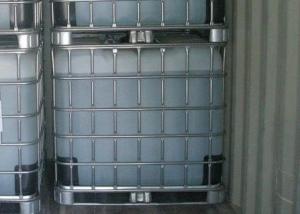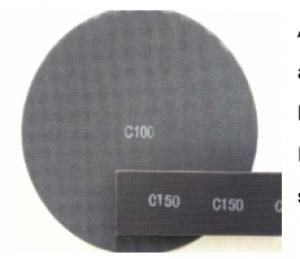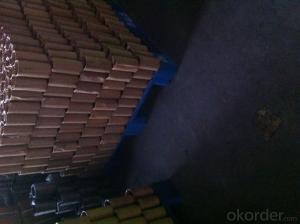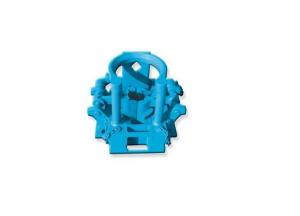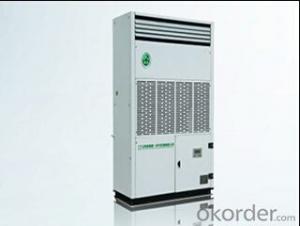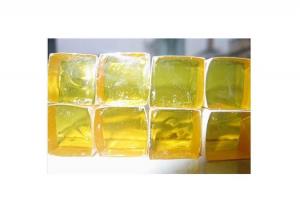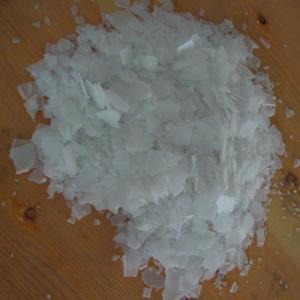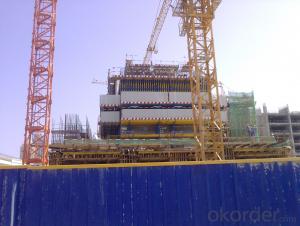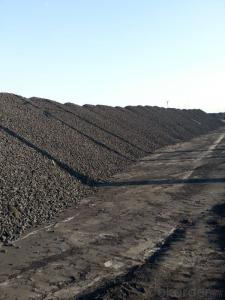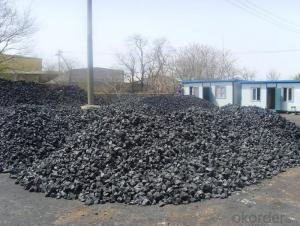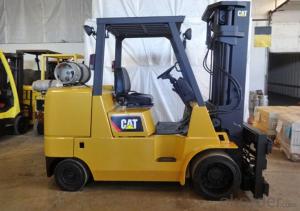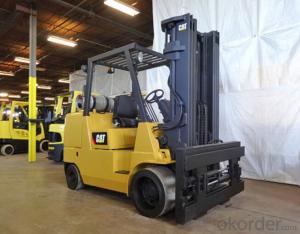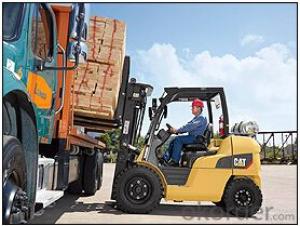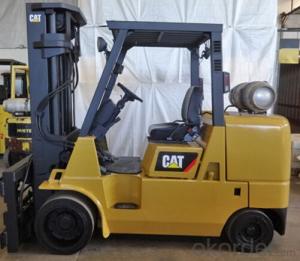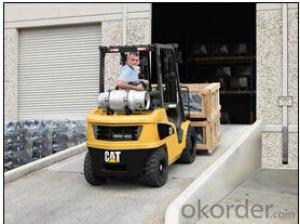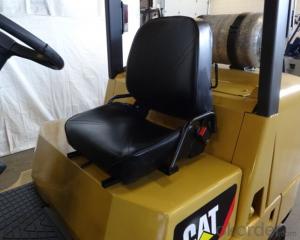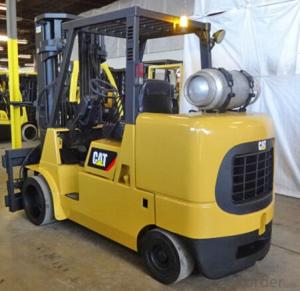Astm C1072
Astm C1072 Related Searches
Astm C494 Astm A536 Grade 65 45 12 A2 70 Stainless SteelAstm C1072 Supplier & Manufacturer from China
Astm C1072 is a standard specification that covers the requirements for factory-made air-entraining admixtures used in the production of concrete. These admixtures are designed to improve the workability and durability of concrete by increasing its resistance to freeze-thaw cycles and scaling. They are commonly used in various construction projects, such as bridges, buildings, and other infrastructure, where concrete is exposed to harsh environmental conditions.Astm C1072 products are widely utilized in the construction industry to enhance the performance of concrete mixtures. By incorporating air-entraining admixtures, contractors can achieve better workability, reduced water content, and improved resistance to harsh weather conditions. This results in longer-lasting and more resilient concrete structures that can withstand the test of time. The use of these admixtures is particularly beneficial in regions with extreme temperature fluctuations and high moisture levels, where concrete is more susceptible to damage.
Okorder.com is a leading wholesale supplier of Astm C1072 products, offering a vast inventory of high-quality air-entraining admixtures to meet the diverse needs of the construction industry. With a commitment to providing reliable and efficient solutions, Okorder.com ensures that customers have access to the necessary products to enhance their concrete mixtures and achieve optimal performance in their projects.
Hot Products

